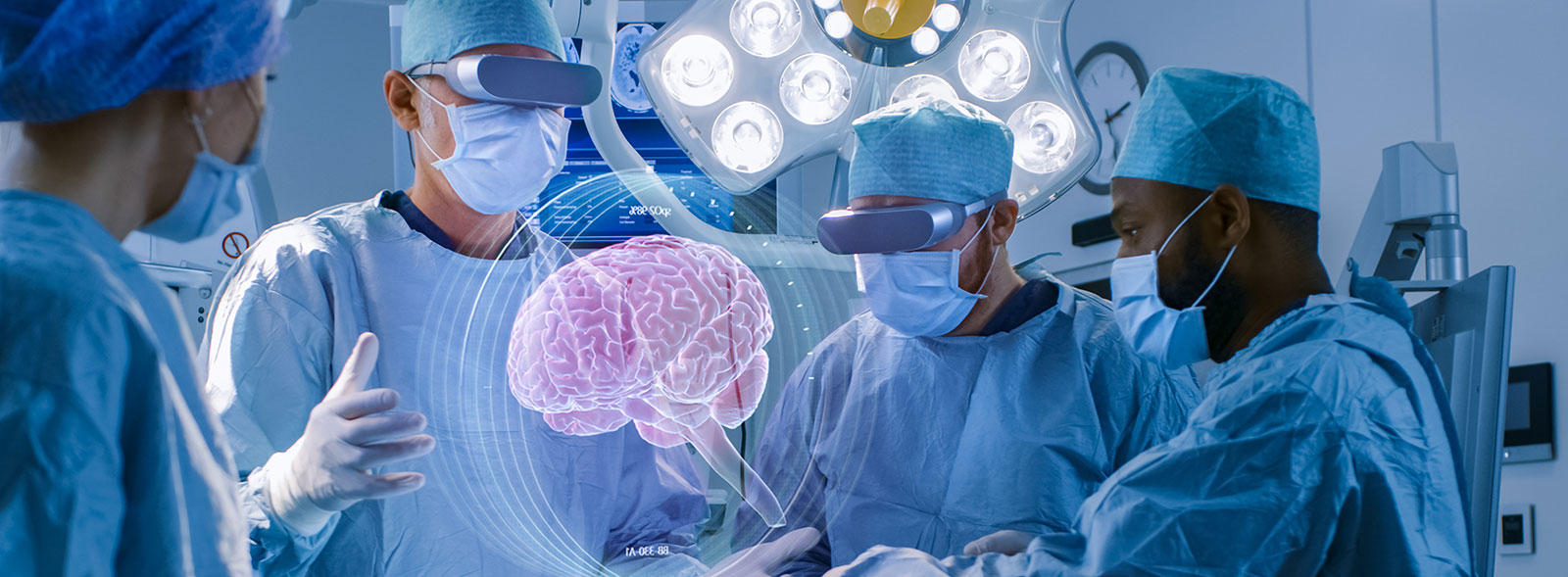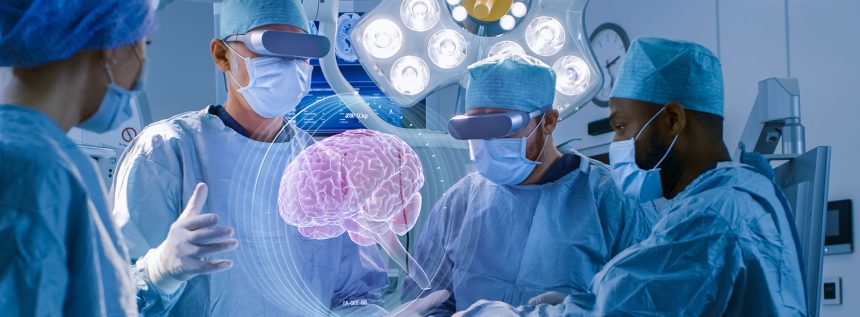 In today’s busy healthcare world, keeping patients safe is more important than ever. Every day, doctors and nurses work hard to prevent mistakes like giving the wrong medication, missing a diagnosis, or controlling infections. But with so much on their plates, errors can still happen. This is where artificial intelligence (AI) steps in to help. Here’s how AI is making healthcare safer for everyone.
In today’s busy healthcare world, keeping patients safe is more important than ever. Every day, doctors and nurses work hard to prevent mistakes like giving the wrong medication, missing a diagnosis, or controlling infections. But with so much on their plates, errors can still happen. This is where artificial intelligence (AI) steps in to help. Here’s how AI is making healthcare safer for everyone.
1. Reducing Diagnostic Errors
Figuring out what’s wrong with a patient isn’t always easy. Even experienced doctors can sometimes miss important clues. AI helps by quickly analyzing large amounts of data to find patterns that might be overlooked. For example, AI can scan thousands of X-rays or MRIs and detect signs of diseases faster, which can lead to quicker, life-saving treatments.
2. Predicting and Preventing Problems
Imagine knowing if a patient’s condition is about to get worse before it happens. AI makes this possible with tools that analyze patient data and identify warning signs. When these signs are spotted, healthcare teams can act quickly, reducing complications and helping patients stay healthier.
3. Making Medication Safer
Giving the wrong medication or dosage can have serious consequences. AI tools help prevent this by checking a patient’s medical history, current medications, and allergies before anything is prescribed. In pharmacies, AI-guided robots make sure the right medicine is given in the correct amount. This extra layer of safety protects patients and gives healthcare teams confidence in their work.
4. Helping Clinicians Make Better Decisions
AI systems can act like a smart assistant for doctors and nurses. They provide recommendations based on the latest medical research and a patient’s unique health data. This means treatment decisions are more accurate and tailored to each person, leading to better health outcomes.
5. Real-Time Patient Monitoring
Devices that track vital signs like heart rate or oxygen levels are becoming common in healthcare. AI makes these devices even more useful by analyzing data in real-time. If something looks wrong, the AI can alert healthcare staff immediately, helping them respond faster and potentially save lives.
6. Fighting Hospital-Acquired Infections
Infections picked up in hospitals are a big problem. AI can help by analyzing data to see what might lead to an outbreak. It can also predict which patients are at higher risk. Additionally, AI-driven robots are being used to clean and disinfect hospital rooms thoroughly, ensuring a higher standard of cleanliness.
7. Reducing Administrative Burden
Doctors and nurses spend a lot of time on paperwork and other tasks, which can cause stress and lead to mistakes. AI can handle routine jobs like scheduling appointments, filling out forms, and sorting patient information. This allows healthcare professionals to focus more on patient care and less on administrative tasks.
Challenges to Keep in Mind
While AI has many benefits, it also brings challenges. Protecting patient data, avoiding biases, and ensuring that AI systems work well with existing tools are important issues to address. Everyone involved—doctors, patients, and administrators—needs to understand and trust how AI works.
Conclusion
AI is changing healthcare by making patient care safer and more effective. From diagnosing illnesses faster to preventing errors, AI is making a big difference. Although there are challenges to overcome, the potential for AI to improve patient safety is huge. As it continues to evolve, AI will play an even bigger role in creating safer, better healthcare for everyone.


Leave a Reply